The Way We Were: Cookie Davis
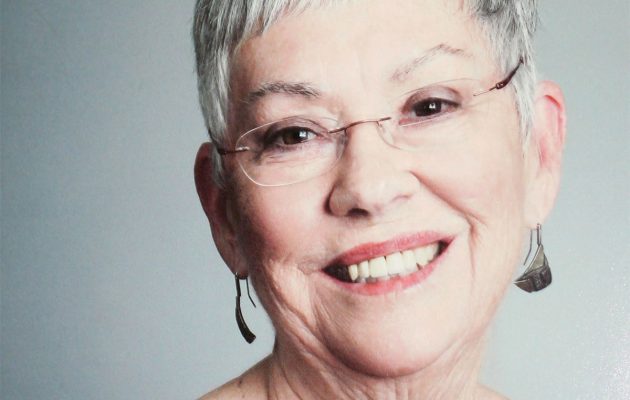
Carranna Shirley Faling was quite a long name for such a cute little girl. It was a mouthful for a mother to say, too. The year was 1941, when Dagwood and Blondie Bumstead were popular comic strip characters. They had a daughter named Cookie. So, Cookie Faling it is, her mother had decided.
Since there was no hospital where the Faling family lived in Neptune Beach, Cookie was born at St. Luke’s on 8th Street in Jacksonville. Her dad was Robert “Bob” P. Faling, an accountant who worked for the shipyards and then in private practice. Her mother, Edith Vivian Faling nee Copeland, was a woman ahead of her time who owned her own laundry and dry-cleaning business at the corner of Walnut and East 3rd Streets.
Cookie grew up with one younger sister, Sandra, in Oceanway where their parents owned a large fishing camp and restaurant at the end of Starratt Road. It was called Shady Rest, and it included a dock, bait house, and boat rental business. “I lived at the end of a dirt road on a fish camp, while the KKK burned a cross on property just up the road,” Cookie said. She lived there when neighbors, who were farmers and cattlemen, along with zoo staff captured a tiger that had escaped during a storm and was roaming the woods. There, Cookie had been chased by a turkey, a bull, and a wild pig. “I loved living out there,” she said.
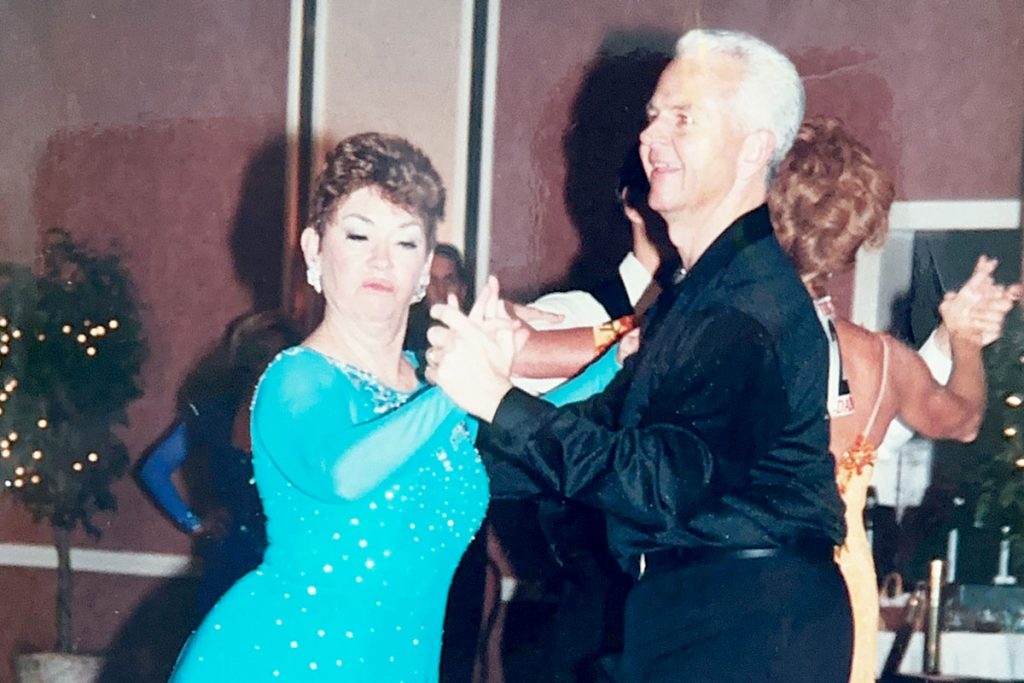
At age four, Cookie began dance lessons at Hinson’s. Within a couple of years, she had been chosen to dress like Minnie Mouse and burst out of a cake during a recital at the Florida Theatre. Movies at Brentwood back then cost a dime, and they included cartoons and newsreels. “You got your dime’s worth,” Cookie said. In the late ’50s, she swam and lifeguarded at the Springfield Pool when it was segregated.
Cookie had begun elementary school in Oceanway until she and her sister went off to boarding schools, their mother believing that to be the most advantageous option for them. Cookie returned to Jacksonville during her sophomore year and graduated in 1959 from Andrew Jackson High School. She proceeded to Florida Junior College and then to the University of North Florida (UNF) where she shot on the national Olympic-level archery team. “I had taken every art and art history course that I could as electives while attending college and was continuing to paint in my free time,” Cookie said.
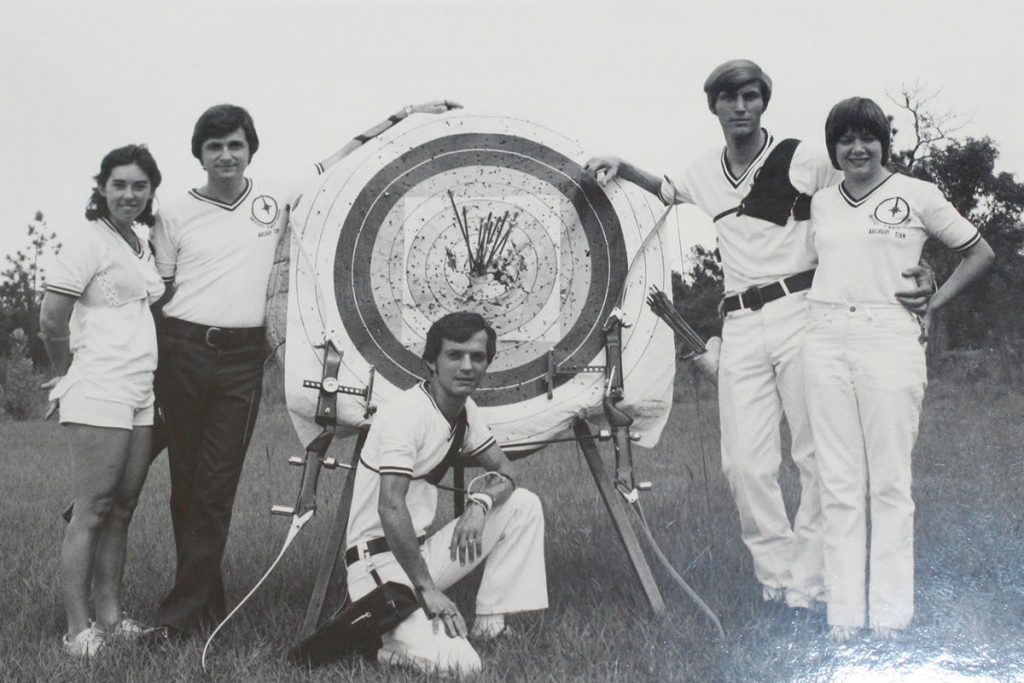
Cookie had always been particularly interested in art and sports. But her dad was determined that she get a college education that would lead to doing something to make a “real” living. So, she earned at UNF a degree in education. While in school and afterwards, Cookie worked in the radio business. By the 1960s, she was serving as vice president for WOBS, a Jacksonville-based chain of Black stations throughout the Southeast, which allowed her to use her artistic talents designing logos and required her to travel to places where there were some real racial struggles, particularly in Alabama. “It was a very interesting and enlightening time in my life,” she said.
When Cookie was a young woman in the 1960s, Jacksonville was so small that residents knew the names of every lawyer and every doctor in town. Most thoroughfares were only two-lane roads; there was no expressway. The deep horn that people called Big Ben could be heard all over town every morning and evening. These were the days when Cohen Brothers, which is now City Hall, was the place to shop. And diners at Morrison’s Cafeteria were greeted by Charlie McRoy—the doorman in white gloves—assuring, “No waiting. There’s a short line in the Carriage Room.”
In addition to her success in the radio business, Cookie held a position with Swisher International, the maker of King Edward cigars. She worked in marketing and publications for the company, which allowed her to remain connected to art. For a dozen years, Cookie ran her own graphic design and printing business, Take It To Press, in Riverside’s 5 Points area. Cookie realizes that women of her generation were not often given the opportunities that she has enjoyed, and she attributes a great deal to the influence of her mother.
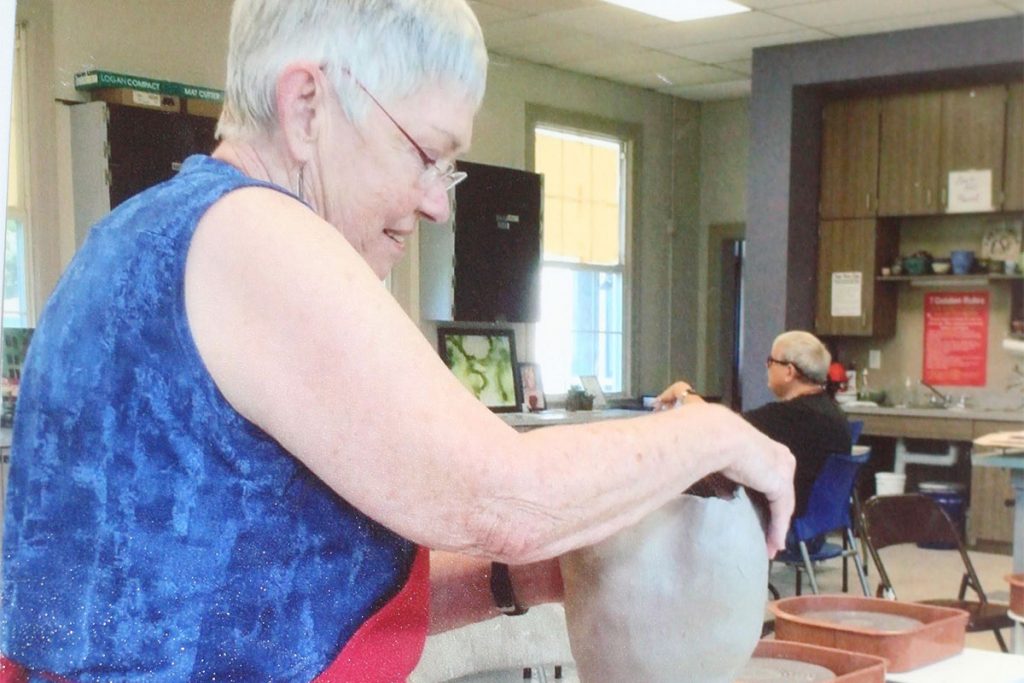
In the 1970s, Cookie took a clay class from Christy Rogers at a museum on Art Museum Drive. “I had always wanted to make a clay pot,” Cookie said. After throwing some cups, saucers, and vases, she decided she would go to Woolworth’s and buy those items. Instead, she began hand-building and manipulating the clay, working with Ruby Floyd and Vina Schemer.
During this period, Cookie was also doing research for a jazz studies project at Jacksonville University with Bill Davis, whom she married, of the Bill Davis Trio. The further they delved into the roots and history of the blues, jazz, and other music forms, the more interested Cookie became in African music and culture. “The Story People were born,” she said. That’s what Cookie calls the sculptured pieces and paintings that she exhibits and is known for throughout Jacksonville’s art community. Her works are stories without words. She has filled sketch books with ideas and themes for sculptures. In early 2016, she began translating some of them into paintings, “Story People on Canvas.” Her work can be found in permanent collections nationally and internationally.
In addition to being an exhibiting artist, Cookie is a volunteer chairperson and board member of several cultural organizations and events. She administers many programs and solicits outreach opportunities in the community. In 2014, the Cultural Council of Jacksonville presented her with the first Robert Arleigh White Award for Advocacy to honor her efforts at educating the general public, business leaders, and elected officials about the intrinsic and economic value of the arts and culture. Every Wednesday for the past several years, she’s been teaching classes at The Art League of Jacksonville. Cookie’s dad had not envisioned this is how she would use her education degree.
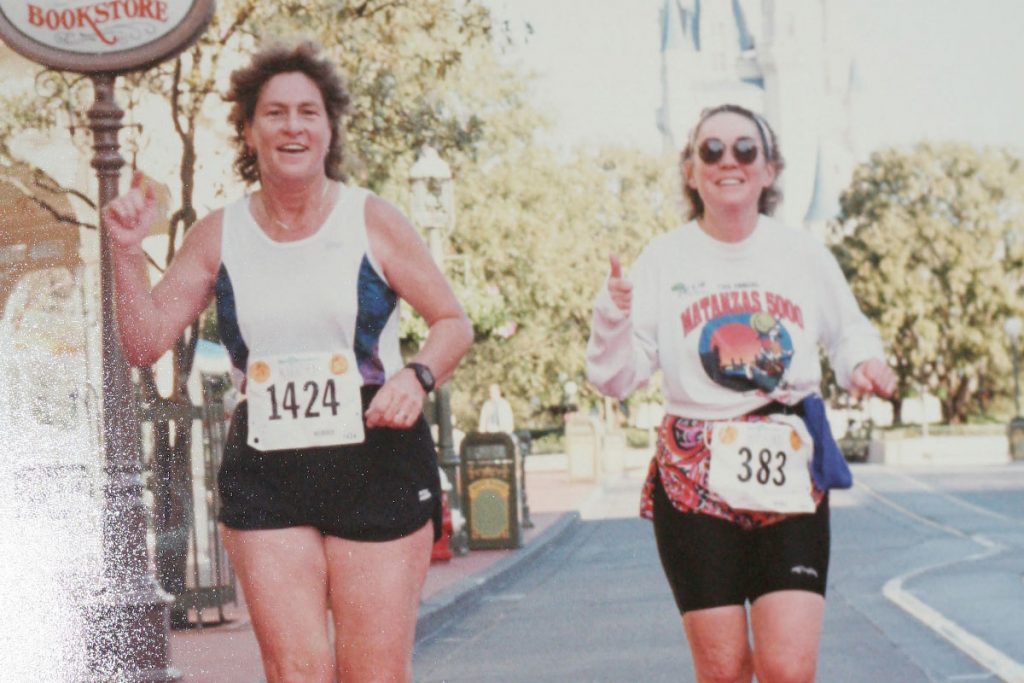
Though her dad didn’t want Cookie to be an artist, she found a way to satisfy both of their desires. She had several “real” jobs, as he had insisted. And she infused every one of them with art. “He couldn’t imagine a girl could make a living as an artist,” Cookie said. But she did. And she remains immersed in the art community, now as a volunteer. “My goal has been to encourage women to find their place, whether it is in business or in the arts,” Cookie said. She has surely done that. And more.
Cookie has completed the local River Run 13 times, but these days, she’s a walker—two miles at least five times a week throughout her Murray Hill neighborhood. “One year I walked 1,037 miles,” she said. Cookie also likes to cook and owns a lot of cookbooks. She often tries new recipes as requested by her friends. Twice annually, she hosts a fish fry, harking back to her roots in Oceanway.
Amid it all, Cookie is the mother of two, Eva Christina Porter and Kimberly Edith Brown; grandmother of two; and great-grandmother of six.
By Mary Wanser
Resident Community News




 (2 votes, average: 4.50 out of 5)
(2 votes, average: 4.50 out of 5)

